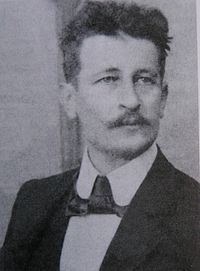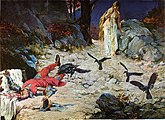
Nikola IV Zrinski or Miklós IV Zrínyi, also commonly known as Nikola Šubić Zrinski, was a Croatian-Hungarian nobleman and general, Ban of Croatia from 1542 until 1556, royal master of the treasury from 1557 until 1566, and a descendant of the Croatian noble families Zrinski and Kurjaković. During his lifetime the Zrinski family became the most powerful noble family in the Kingdom of Croatia.

Vlaho Bukovac was a Croatian painter and academic. His life and work were eclectic, for the artist pursued his career in a variety of locales and his style changed greatly over the course of that career. He is probably best known for his 1887 nude Une fleur, which he created during his French period and which received attention in various reviews and publications during his lifetime. Bukovac was the court painter for Obrenović dynasty, Karađorđević dynasty and Petrović-Njegoš dynasty. In Zagreb, he is probably best known as the painter of the 1895 theatre curtain in the Croatian National Theatre.

Vatroslav Jagić was a Croatian scholar of Slavic studies in the second half of the 19th century.

Bela Čikoš Sesija was a Croatian Symbolist painter, art teacher and one of the founders of the Academy of Fine Arts in Zagreb.

Matica hrvatska is the oldest independent, non-profit and non-governmental Croatian national institution. It was founded on February 2, 1842 by the Croatian Count Janko Drašković and other prominent members of the Illyrian movement during the Croatian National Revival (1835–1874). Its main goals are to promote Croatian national and cultural identity in the fields of art, science, spiritual creativity, economy and public life as well as to care for social development of Croatia.
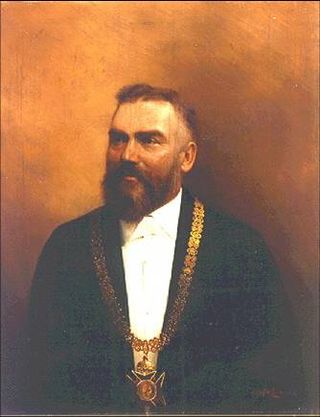
Tadija "Tade" Smičiklas was a Croatian historian and politician. He was a professor at the Zagreb university and a member of the Croatian Academy. A member of the Illyrianist People's Party, he supported the independence of Croatia from the Austrian Empire. He authored the first history book on Croatia and laid the foundation of Croatian historiography.

Dimitrije Popović is an eminent Montenegrin and Croatian painter, sculptor, art critic and philosopher born in Cetinje, Montenegro. He attended elementary and high school in his hometown and graduated from the Academy of Fine Arts in Zagreb in 1976 in the class of professor Šime Perić.

The Academy of Fine Arts Zagreb is a Croatian art school based in Zagreb. It is one of the three art academies affiliated with the University of Zagreb, along with the Academy of Dramatic Art (ADU) and the Academy of Music (MUZA).

Republic of Croatia Square is one of the biggest squares in Zagreb, Croatia. The square is located in Lower Town, with the Croatian National Theatre building at its centre. It is sometimes billed as the "most beautiful square in Zagreb".
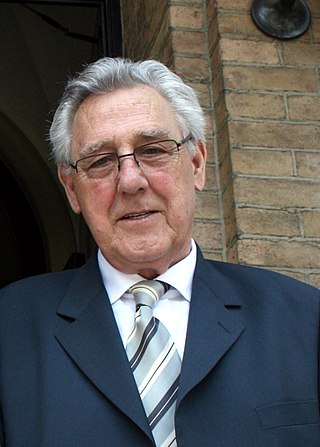
Milan Moguš was a Croatian linguist and academician.

Mato Celestin Medović was a Croatian painter. Best known for his large paintings depicting historical scenes, and his series of colourful landscapes and seascapes of his native Dalmatia, Medović is one of the earliest modern Croatian painters.

Menci Clement Crnčić was a Croatian painter, printmaker, teacher and museum director. He studied painting and drawing in Vienna and Munich, and trained in graphic arts in Vienna, studying etching and engraving. He was the first artist in the Croatian graphic tradition to abandon a strictly linear style and use tonal variation to create contrasting areas of light and shade.
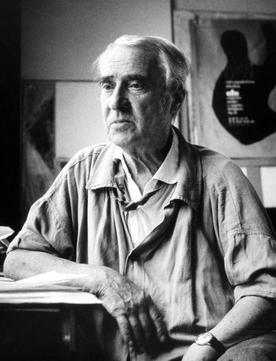
Marino Tartaglia was a Croatian painter and art teacher, for many years a professor at the Academy of Fine Arts, Zagreb.

Ivan Tišov was a Croatian painter. He studied art at the Academy of Fine Arts, Munich, bringing back ideas from the Munich Secession movement to Zagreb. He is best known for his work in public and government buildings in Zagreb, and paintings in churches in his native Slavonia in north-east Croatia.
Nikica Kolumbić was Croatian historian and lexicographer.

Izidor (Iso) Kršnjavi was a Croatian painter, art historian, curator and politician.

Ferdinand (Ferdo) von Quiquerez, also called Ferdo Kikerec was a Croatian painter of French ancestry. Among his most popular history paintings are the Arrival of the Croats at Sea (1870), Kosovo Girl (1879), and Antemurale Christianitatis (1892).
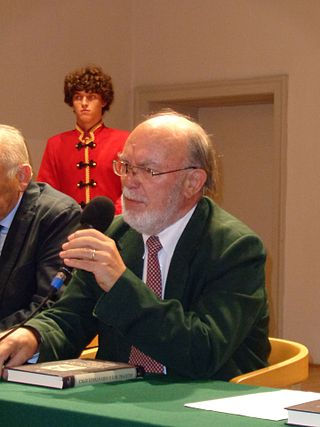
Josip Bratulić is a Croatian philologist and a historian of literature and culture.

Ćiril Metod Iveković was a Croatian architect and conservator.

Boris Domagoj Biletić is a Croatian poet, literary critic, essayist, publicist and translator. Biletić is the vice-president of the Croatian Writers' Association. He was awarded the Order of Danica Hrvatska with the figure of Marko Marulić in 1996 for his contribution to Croatian culture.
